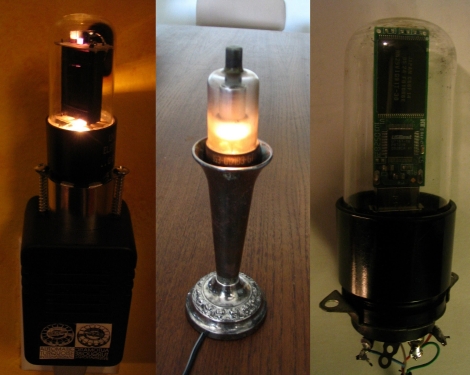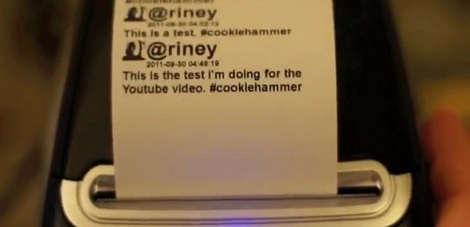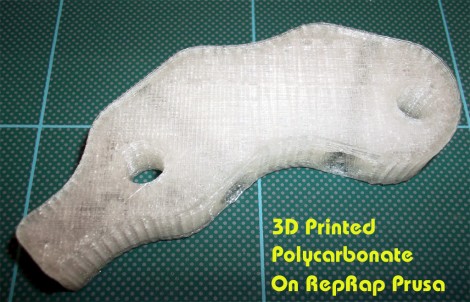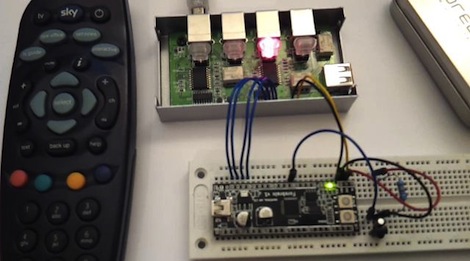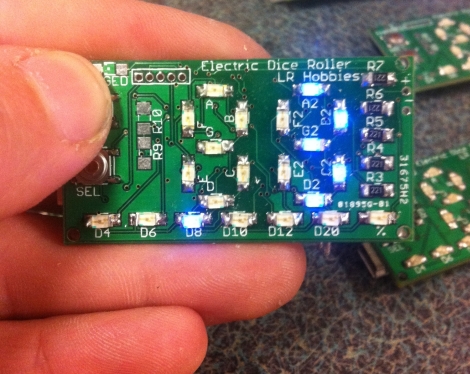
This is one piece I regret to have missed this year at Burning Man, however I certainly heard tales from any one who stumbled across it. [Christopher Shardt]’s Garden of Rockets consists of three kinetic fire art pieces with spinning propane rockets that you can control!
[Christopher] decided to incorporate his Burning Man 2010 project, 4pyre², which is a 12 foot pipe with opposing propane fueled rockets on each end. Onlookers can control the amount of propane fed to the rockets and twist the pipe they are attached to causing the whole thing to spin around like an out of control fire hose. Accompanying 4pyre² is PyreGoRound, and Pyroticulation which are two variants on 4pyre²’s concept of spinning rocket bars. [Christopher] was lucky enough to have his project materials funded by Burning Man, but added three thousand dollars (!) in propane to the mix out of pocket.
Check out a video of the project after the jump, and [Christopher]’s site for details and schematics.
Continue reading “Burning Man 2011: Christopher Schardt’s Garden Of Rockets”

